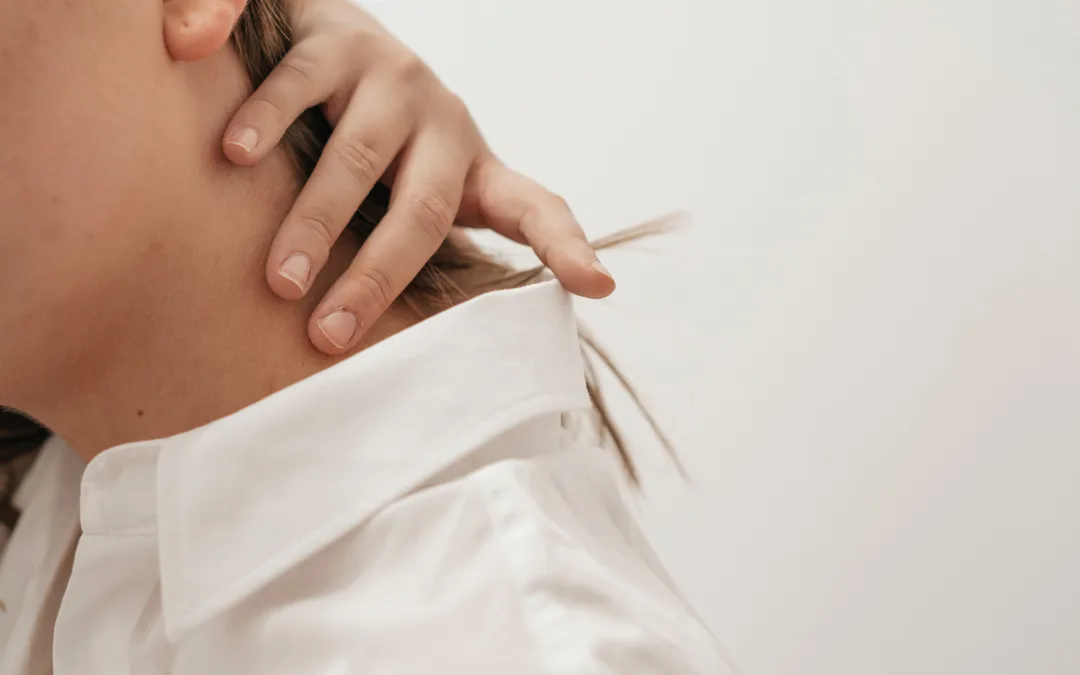Anatomy
The glenohumeral joint is a ball and socket joint. The socket of the shoulder (glenoid) is quite shallow (compared to the hip joint), this allows for a huge range of motion of the shoulder, as a result of this increase motion the stability of the joint is compromised. The primary stabilisers of the shoulder joint are the rotator cuff muscles, they contract to impart a compressive force on the ball, pushing it into the socket. The other structure that contributes to the stability of the shoulder is the labrum. The labrum creates a vacuum seal around the ball, if there is any tearing or that structure is compromised then the stability of the shoulder can be jeopardised as it relies more on the rotator cuff to provide stability.
Traumatic Instability
Traumatic instability is the umbrella term we give to shoulder dislocations that result from high impact or trauma. This term covers both anterior and posterior dislocations. Anterior dislocations are the most prevalent dislocation with falling on an outstretched arm or being forced into shoulder abduction and external rotation being the two most common mechanisms of injury.
The management guidelines for traumatic instability vary with some sources citing early movement (post relocation of the dislocated joint) as best practice and others
recommending early immobilisation. Especially for recurrent dislocation and youth first time dislocations MRI would be indicate to get a gauge on the structural integrity of the joint. It is critical that multi-disciplinary care occurs to get the best outcome for the athlete. All first time dislocations should be reviewed by a sports medicine physician or an orthopaedic shoulder specialist.
Multi-Directional Instability
Multi-directional instability is the term given to non-traumatic shoulder instability. This is primarily driven by laxity around the shoulder joint capsule. This is generally due to repetitive strain around the shoulder joint. There are also likely some anatomical factors that influence these injuries.
Best practice management for these athletes is a gradual strengthening program focused on improving general capacity around the shoulder. Improving control through range of motion with rotator cuff strengthening and sport specific tasks critical in the management of these
injuries.
If you are suffering from shoulder instability or any shoulder pain, we would love to work with you to help you achieve your goals.

